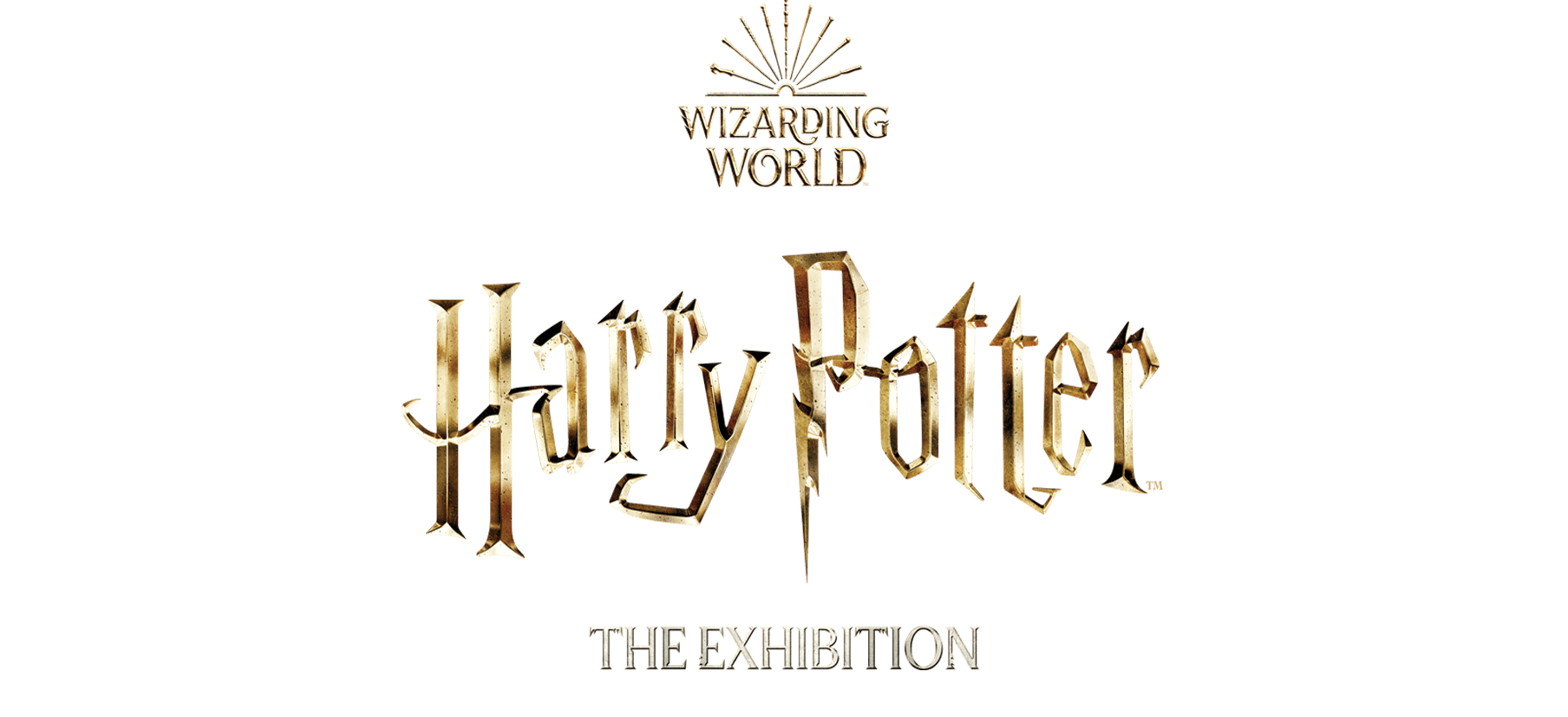Warner Bros brings Harry Potter magic to life via cutting-edge tech

The Harry Potter franchise uses innovative, cutting edge technology to tell their story. D-ID’s Live Portrait technology is used to magically bring paintings to life at their latest exhibition.
Over the course of eight movies, the Harry Potter series frequently pushed the boundaries of what was possible with special effects. While there were huge advances between the making of The Philosopher’s Stone in 2001 and 2011’s The Deathly Hallows – Part 2, there are countless examples across the series of the visual effects department using technology and techniques that would set new standards for the industry – and now a new exhibition is using cutting-edge technology such as D-ID’s Live Portrait to bring the wizarding world to life.
Producer David Heyman, who worked on every single movie in the series, once said that he wants to cringe when he sees some of the effects used in the early films. And while the Quidditch scene in The Philosopher’s Stone might look dated now, at the time it was like nothing the VFX team had ever done before. Due to time constraints, they created an animated version of the entire game first, then filmed the required shots with the actors on a green screen to match. By the time it came to make 2009’s Harry Potter and the Half-Blood Prince, the technology had advanced sufficiently to streamline the process and allow for much more convincing flying sequences.
And it’s not just the broomsticks that fly in Harry Potter movies. For 2004’s Harry Potter and the Prisoner of Azkaban, the film-makers encountered one of the greatest challenges that animators faced at the time: feathers. The movie featured Buckbeak – a mythical creature that looks like a cross between an eagle and a horse, with a wingspan of about 30 feet. After spending time at the local zoo studying birds and taking pictures of horses in nearby fields, the team at London’s Framestore decided there was only one way to ensure Buckbeak’s feathers looked convincing: they drew every single one individually, using a specially written algorithm to make them all move together realistically.
As the series went on, more and more practical effects were swapped for digital ones in order to give the crew more flexibility, or just to make life easier. The floating candles in the Great Hall, for example, were all real in The Philosopher’s Stone, but the wires suspending them in the air kept burning through and raining wax missiles down on the actors’ heads below. Even the exterior shots of Hogwarts were filmed using a highly detailed model that measured 50 feet across and included over 2500 fibre optic lights, but when it came to shooting the final instalments, the team spent a year creating a totally digital version that would allow them to partially destroy it during the epic showdown between Voldemort and Harry.
In fact, the Dark Lord presented his own challenges to the visual effects team. Ralph Fiennes, the actor who played He Who Must Not Be Named, does not possess the snake-like nostrils that distinguish Voldemort, and while his eyebrows could be blocked out with make-up and the veins on his head added using temporary tattoos, there was no prosthetic that could hide his real nose. Instead, the special effects crew had to digitally remove it and add the slits to his face in every single frame – a truly painstaking job that visual effects supervisor Paul Franklin compared to creating a renaissance painting.
Now, more than a decade after the finale of the Harry Potter franchise hit the big screen, a groundbreaking new exhibition has opened – and just like the films it takes advantage of some of the latest technology to bring the wizarding world to life.
Harry Potter: The Exhibition, currently at The Franklin Institute in Philadelphia, makes fans feel like they’re part of one of the films. As well as offering the chance to see authentic props and costumes from the series, D-ID’s AI-based Live Portrait technology has been used to recreate the magical moving portraits seen hanging on the walls at Hogwarts. At a glance they look like regular paintings, but these Live Portraits use ‘driver’ videos to animate the still images of various recognizable faces from the Harry Potter universe, creating believable and lifelike movement in front of your eyes. D-ID was commissioned by Cortina Productions together with Imagine Exhibitions, who designed and produced multimedia experiences to completely immerse visitors in the magical world of wizards and fantastic beasts.
“It’s been a real pleasure to work with Warner Bros. in bringing a much-loved part of the Harry Potter world to life,” says Gil Perry, CEO. “Our Live Portrait technology is all about adding another dimension to still images and we look forward to seeing it used in museums, teaching environments and other similar settings in the future.”
Harry Potter: The Exhibition is live at Philadelphia’s Franklin Institute through September 18, 2022. It will then go on tour to other as-yet-unannounced locations around the world.
Was this post useful?
Thank you for your feedback!



